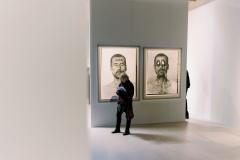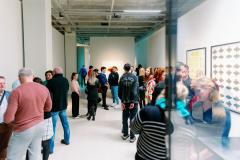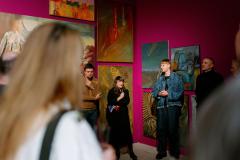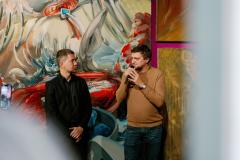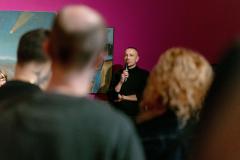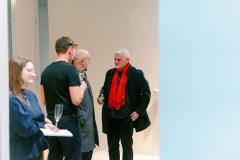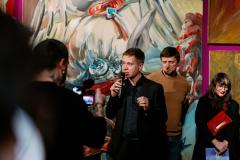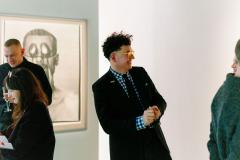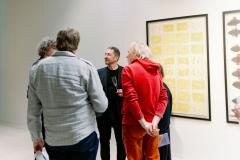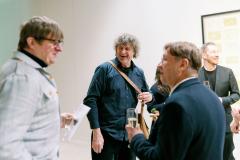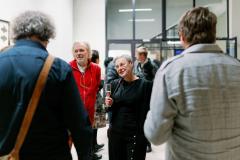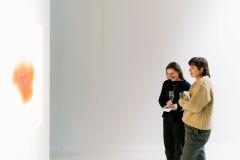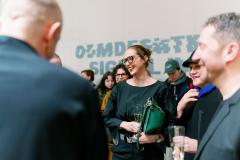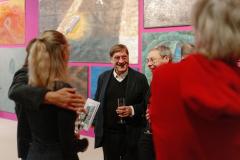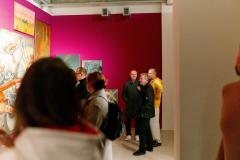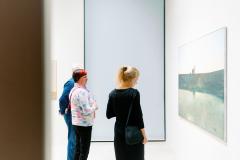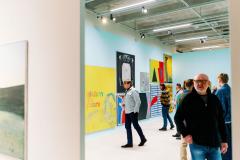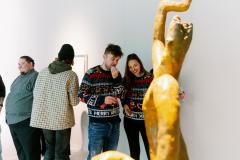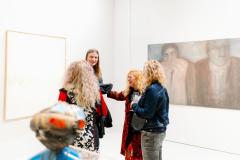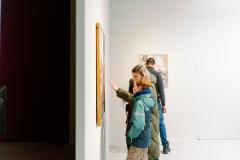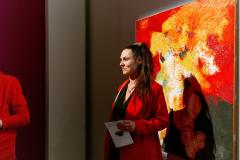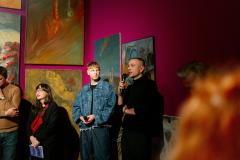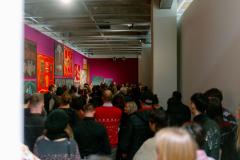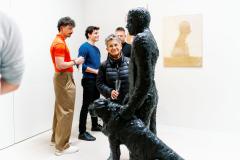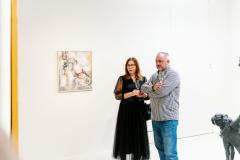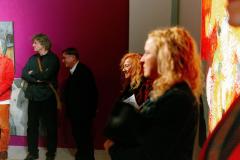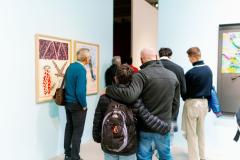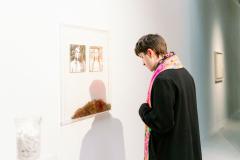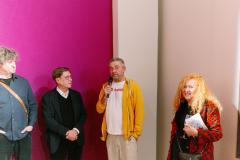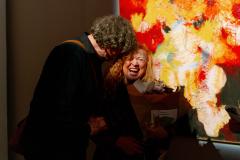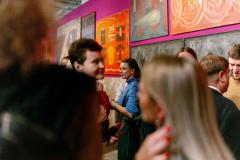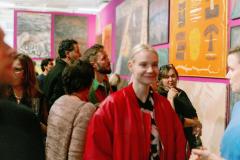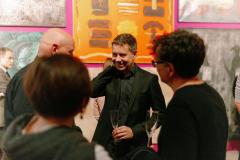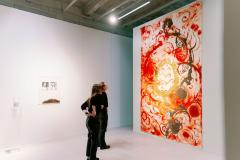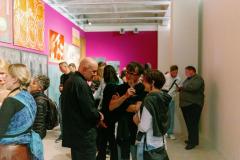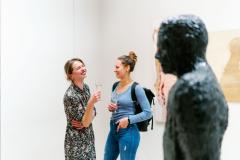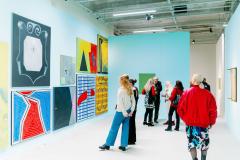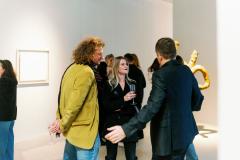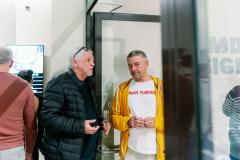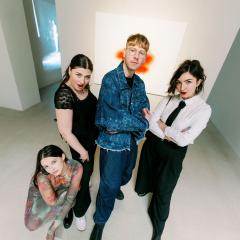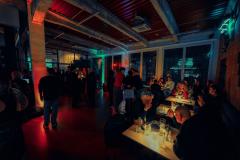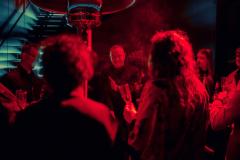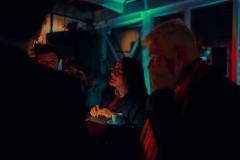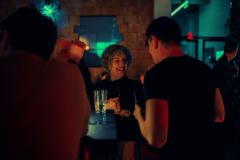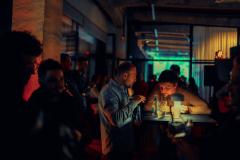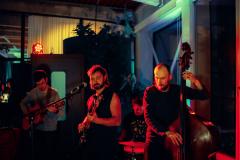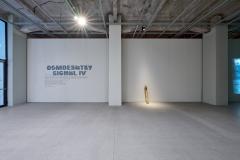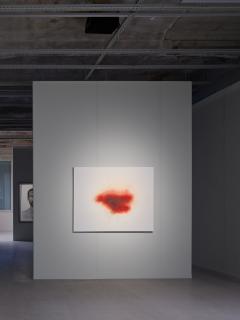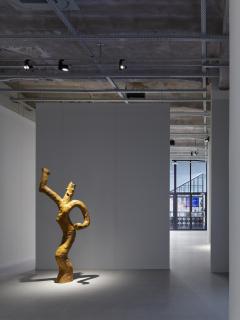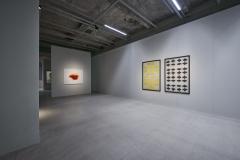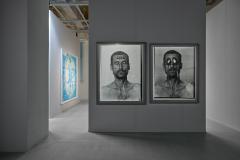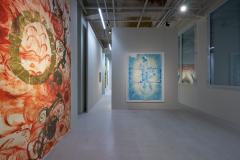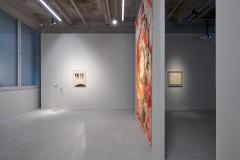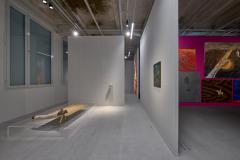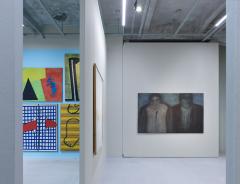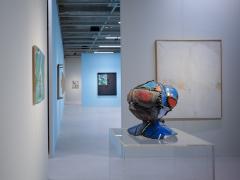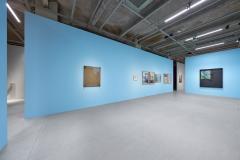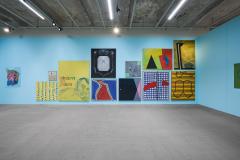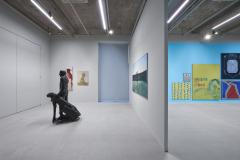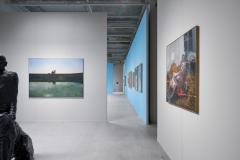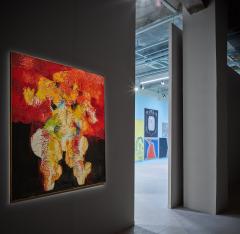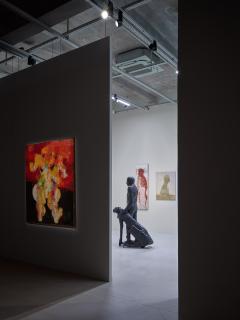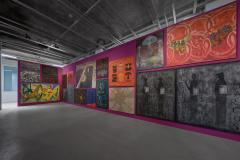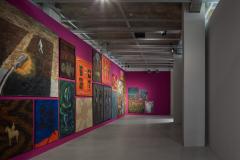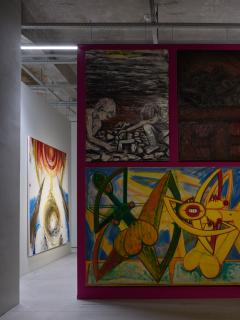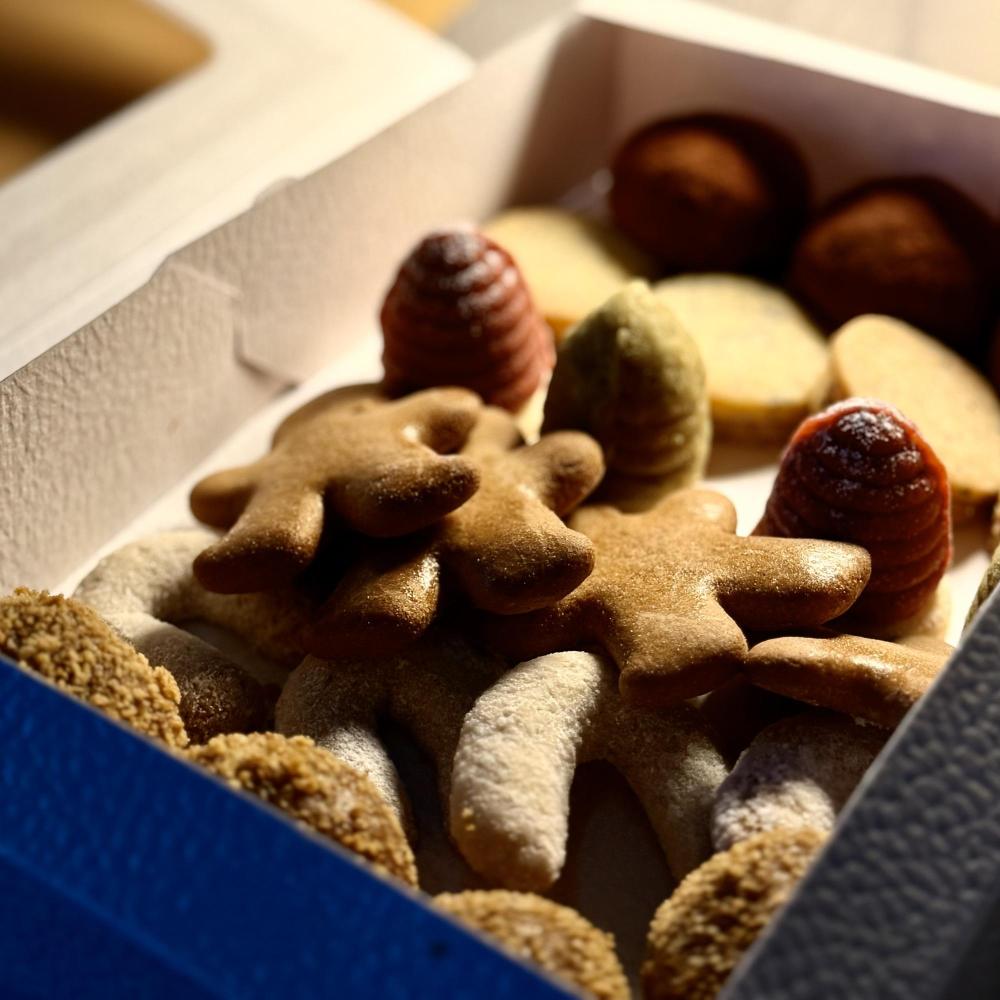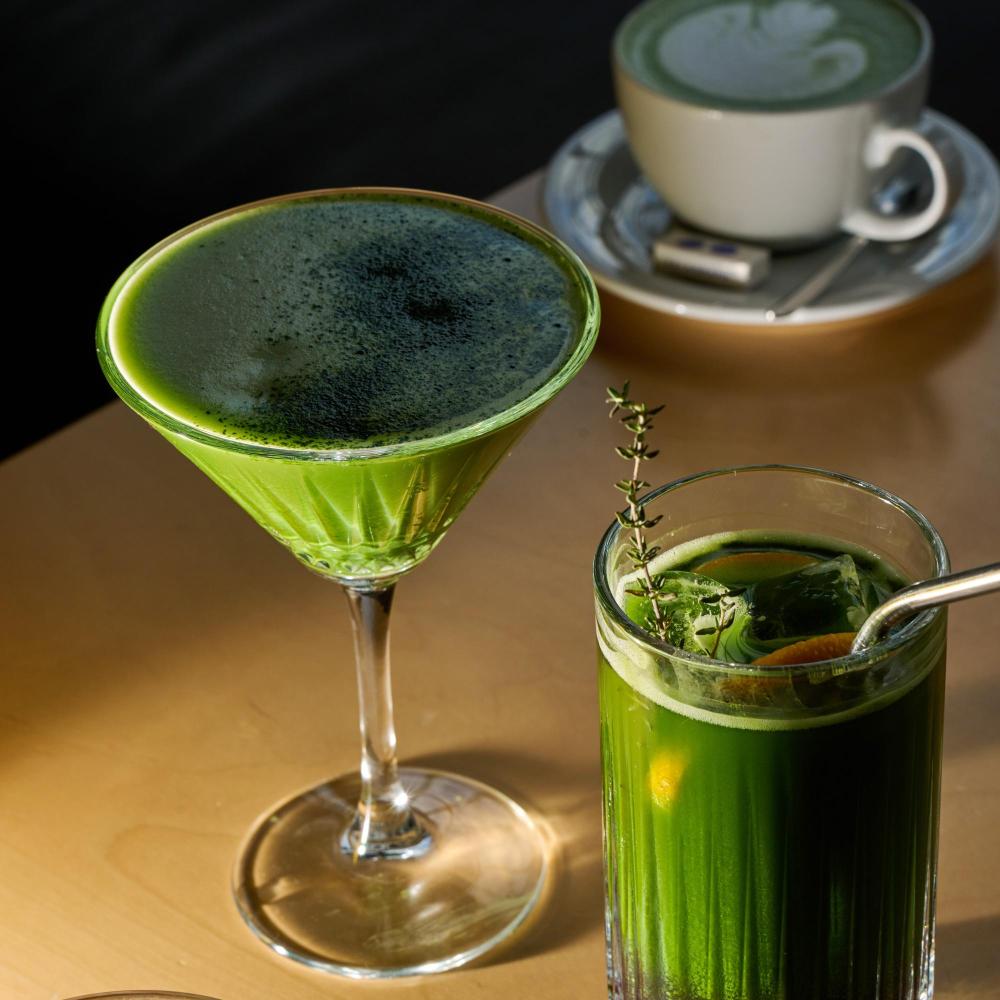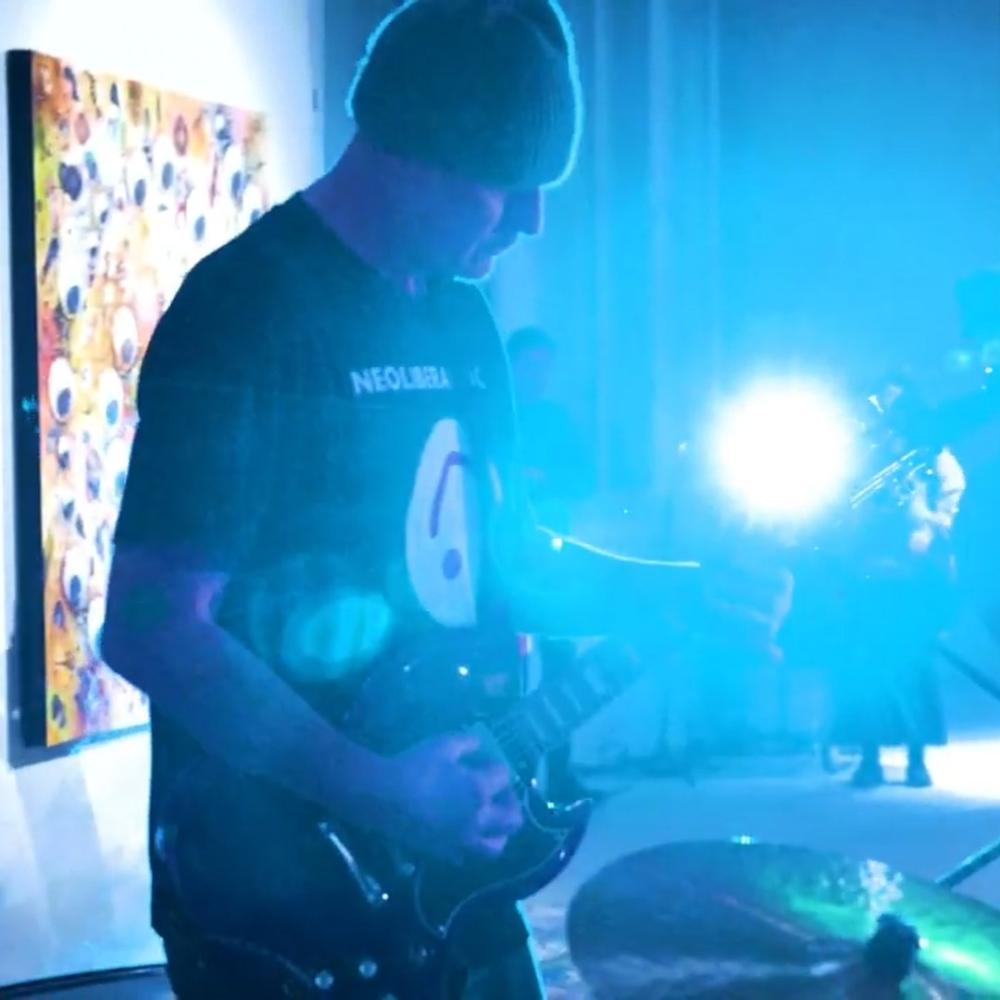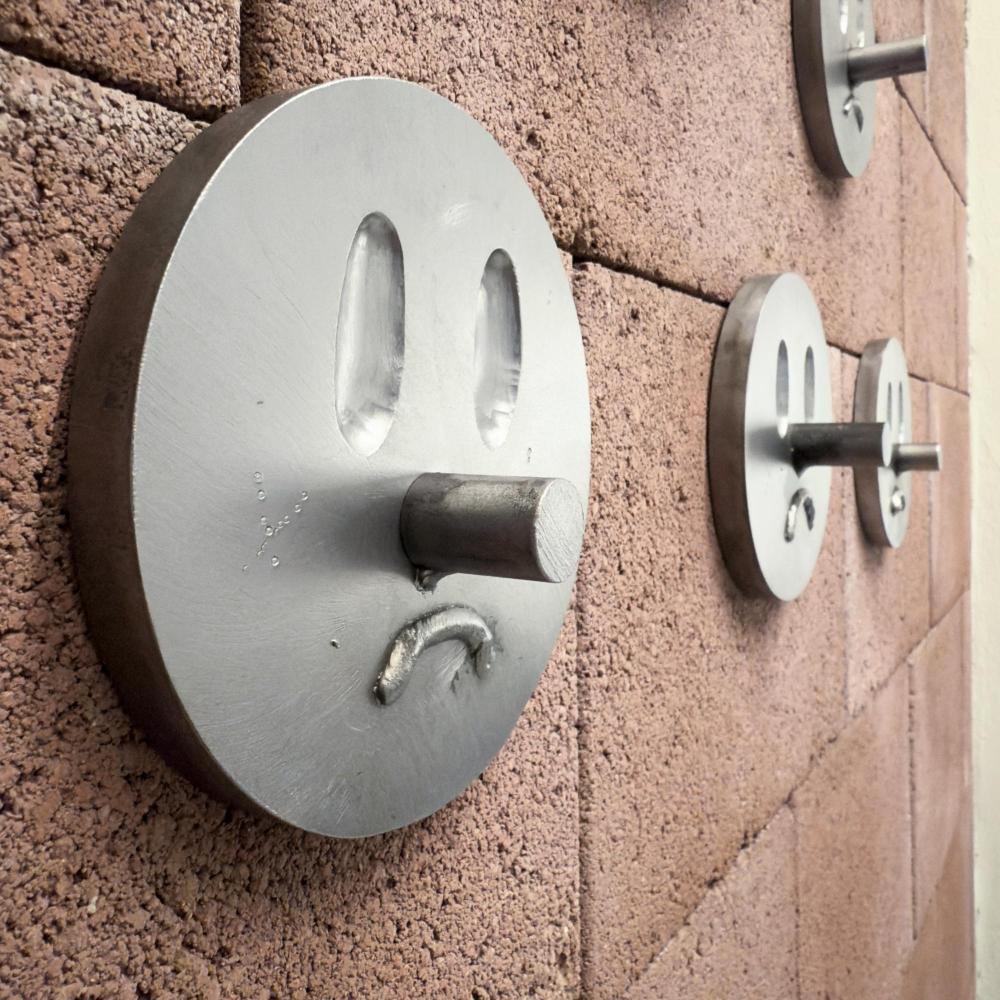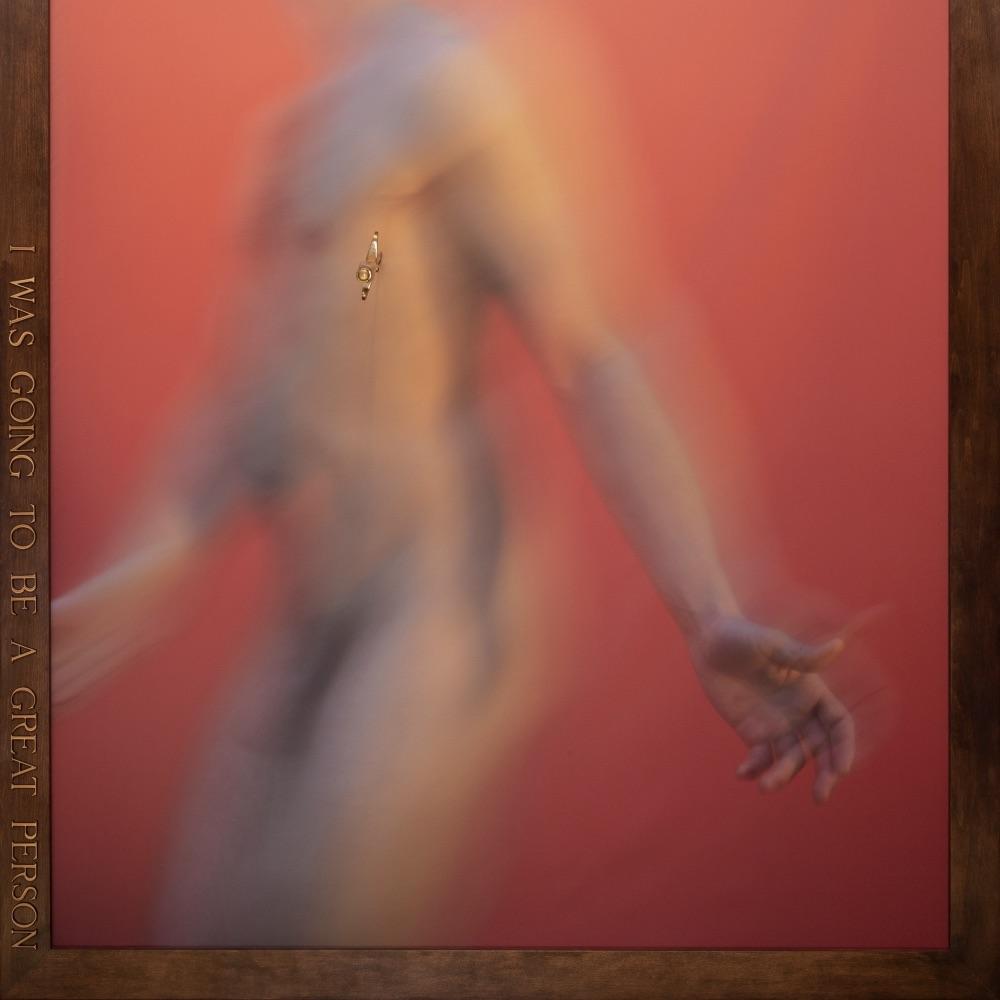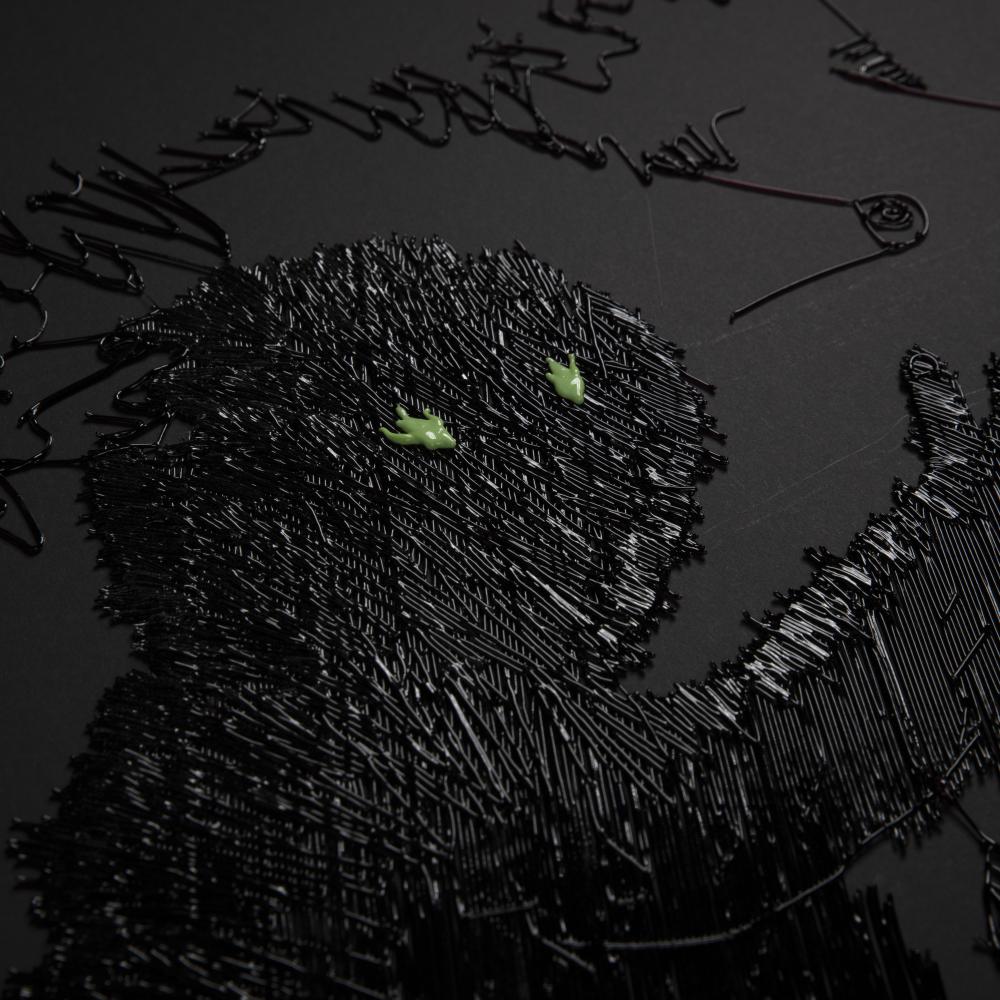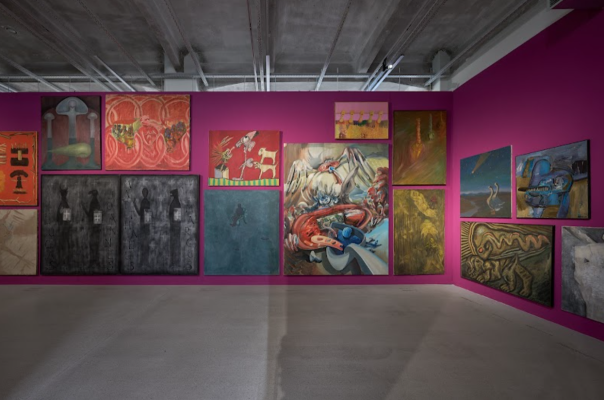
The exhibition Eighties: Signal IV, which you can visit at the Telegraph Gallery until March 20, maps the artistic expressions of the 1980s. At that time, the most important artistic acts took place outside the official scene. The visual language of selected artists responded to social pressures and global impulses, and formed new mindset to the medium of image, object and performance. Through articles on specific works and artists, we also want to bring closer the atmosphere and cultural context of this time.
Michael Rittstein (*1949) is one of the most important representatives of Czech expressive figurative painting, a member of the Mánes Association of Artists, and one of the founders of the Free Group 12/15 Late but Still. In 1968-1974 he studied at the Academy of Fine Arts under the guidance of prof. Arnošt Paderlík. He also returned to the Academy between 2001-2018, when he led the Painting Studio III. In 2007 he was appointed as associate professor at the Academy and in 2012 he became professor. In addition to painting, he is also involved in book illustrations, film collaboration (he won an award for his art work on film In the Heat of Royal Love by Jan Němec) and conceptual work.
Since the second half of the 1970s, he has been engaged in large-scale figurative painting, which is almost on the edge of the grotesque and thus creates a kind of dialogue with the viewer. Through his canvases he tells humorous, ironic and sarcastic stories from the world of people and animals, which he uses to highlight the bizarre everyday life of the totalitarian regime. He often creates multi-figured compositions whose expressiveness is emphasized by his use of impasto, which gives his works a third dimension.
Two works by Rittstein appear in Signal IV: The Eighties. The first is the work Bed Made (1979). This work is an example of artistic collage, where the artist also used stalks of straw in addition to paint. The painting depicts a human figure who, as the title suggests, has made his bed on straw. The latter refers to the poverty of contemporary human society. The chosen monochromatic colour scheme establishes an almost melancholic feeling, which is underlined by red splashes symbolizing violence or blood. The figure itself symbolizes the futility of human life and the scenery refers to the motif of life on the housing estate, typical of Rittstein, which draws on personal experience of the housing estate environment.
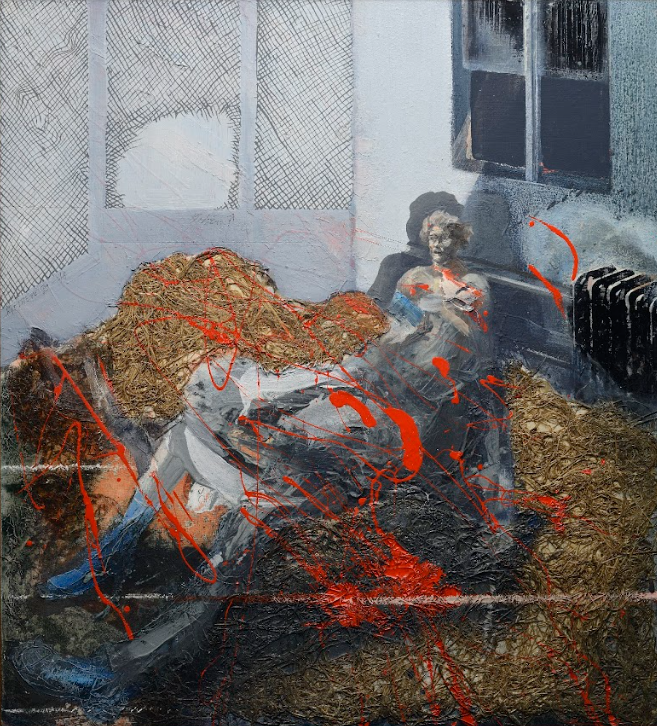
The second work is Ugly Duckling (1985), which is an example of Rittstein's expressive work. The title itself refers to the Hans Christian Andersen fairy tale of the same name. The composition of the work is built around two dominant duckling figures. The duckling figures are fed with spoons, the contents of the spoons are mechanical elements in the form of fishing hooks and various screws. These are also placed at the bottom of the painting. The ugly ducklings can be interpreted as originally innocent creatures fed on the achievements of modern society, which can be seen as an allusion to the propaganda of the contemporary political regime that Rittstein opposed.

